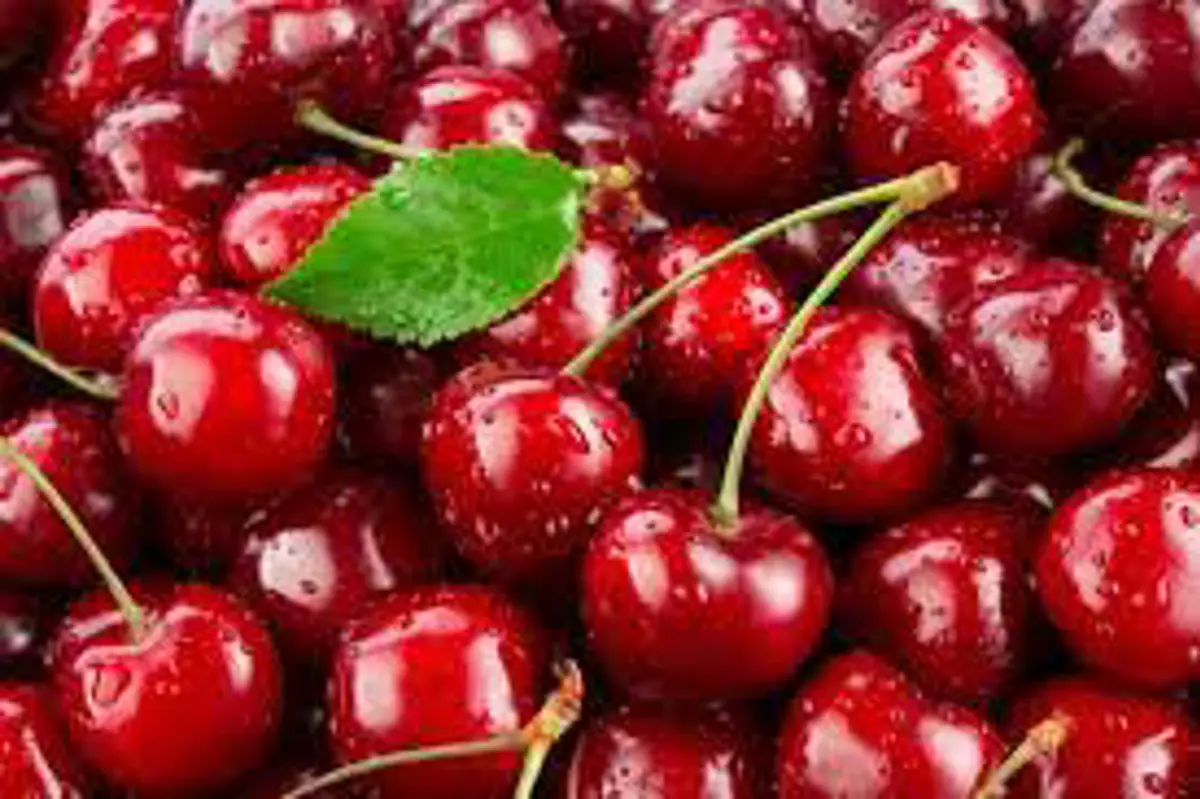
The cherry is a perennial tree crop. Cherries thrive in rich, well-drained soil. They grow on flat whenua with gentle, rolling slopes.
Priority
Indicator

This factsheet describes the key things you'll need to think about if you're considering growing cherries on your whenua.
-
-
How to use this information safely
-
The information provided is indicative only. Its purpose is to support initial conversations and for screening and scoping land use options at a local area level, but it is less accurate at the scale of an individual farm. If you want to make land use change decisions for your specific farm or land block you should conduct further feasibility assessments with a suitably qualified consultant.
-
-
Cherry trees need cold winters and hot, dry summers. Cherries thrive in fertile soils with good drainage. This is why they do well in Central Otago.

-
-
Using this information safely
-
The information on this page is indicative only. You can safely use this information for conversations and for screening and scoping land use options at a local area level, but it is less accurate at the scale of an individual farm. If you want to make land use change decisions for your specific farm or land block you should conduct further investigations or consult an expert.
-
-
About the crop suitability model
-
The information on this page is based on crop suitability models created by researchers at Plant and Food Research in 2021. They used climate data from NIWA and land data from Manaaki Whenua Landcare Research to create the models and then weighted and fine-tuned the results with the help of horticultural experts and industry data.
It is important to understand that the information on this page is indicative only and does not take into account things like existing land uses or pest and disease risk. It also does not take into account rainfall, so even if the model says your rōhe is suitable for a land use you may still need to consider irrigation and drainage. Because the data is averaged out over a grid it may not take into account small land features or local climate variations.
If you’re comfortable using data and mapping tools or you’d like to explore more about Whitiwhiti Ora and their datasets, visit their website.
-
-
This table shows a per hectare breakdown of how suitable your whenua is to grow cherries.
This table shows different greenhouse gas emission scenarios and the possible impact on the suitability of your whenua to grow cherries.
| Low emissions |
|
| Moderate emissions |
|
| High emissions |
|
| No mitigations |
|
| Low emissions |
|
| Moderate emissions |
|
| High emissions |
|
| No mitigations |
|
The potential yield for cherries is the most fruit that can be harvested from your whenua. This is with ideal growing conditions and proper farming.

-
-
Using this information safely
-
The information on this page is indicative only. You can safely use this information for conversations and for screening and scoping land use options at a local area level, but it is less accurate at the scale of an individual farm. If you want to make land use change decisions for your specific farm or land block you should conduct further investigations or consult an expert.
-
-
About the crop suitability model
-
The information on this page is based on crop suitability models created by researchers at Plant and Food Research in 2021. They used climate data from NIWA and land data from Manaaki Whenua Landcare Research to create the models and then weighted and fine-tuned the results with the help of horticultural experts and industry data. Crop yield values were estimated by experts using published data.
It is important to understand that the information on this page is indicative only and does not take into account things like existing land uses or pest and disease risk. It also does not take into account rainfall, so even if the model says your rōhe is suitable for a land use you may still need to consider irrigation and drainage. Because the data is averaged out over a grid it may not take into account small land features or local climate variations.
If you’re comfortable using data and mapping tools or you’d like to explore more about Whitiwhiti Ora and their datasets, visit their website.
-
-
This table shows a per hectare breakdown of the potential yield of cherries on your whenua.
It takes several years to create a sustainable and profitable cherry orchard. Intensive crop management will help you get the most cherries from your whenua.

-
-
Using this information safely
-
Economic factors are highly dependent on management practices and market conditions so the information on this page is indicative only. You can safely use this information for conversations and for screening and scoping land use options at a regional level, but it is not accurate at the scale of an individual farm. If you want to make land use change decisions for your specific farm or land block you should conduct further investigations or consult an expert.
-
-
About the information
-
The information on this page was developed by LWP Ltd based on published economic data from industry bodies and crop suitability models created by researchers at Plant and Food Research in 2021. The underlying yield and production values are estimates based on a number of assumptions and do not take into account quality control or pest and disease impacts. FTE values were calculated using a standard cost assumption of $52,345/FTE.
If you’re comfortable using data and mapping tools or you’d like to explore more about Whitiwhiti Ora and their datasets, visit their website.
-
-
Growing cherries need skilled and unskilled workers on a seasonal basis. This workforce will help with harvesting, as well as pest management and crop cycles.

-
-
Using this information safely
-
Economic factors are highly dependent on management practices and market conditions so the information on this page is indicative only. You can safely use this information for conversations and for screening and scoping land use options at a regional level, but it is not accurate at the scale of an individual farm. If you want to make land use change decisions for your specific farm or land block you should conduct further investigations or consult an expert.
-
-
About the information
-
The information on this page was developed by LWP Ltd based on published economic data from industry bodies and crop suitability models created by researchers at Plant and Food Research in 2021. The underlying yield and production values are estimates based on a number of assumptions and do not take into account quality control or pest and disease impacts. FTE values were calculated using a standard cost assumption of $52,345/FTE.
If you’re comfortable using data and mapping tools or you’d like to explore more about Whitiwhiti Ora and their datasets, visit their website.
-
-
-
Share discoveriesYour PDF is Processing
A new tab will open shortly and will take approximately 30 seconds to generate your PDF. Please Do Not close your browser.


